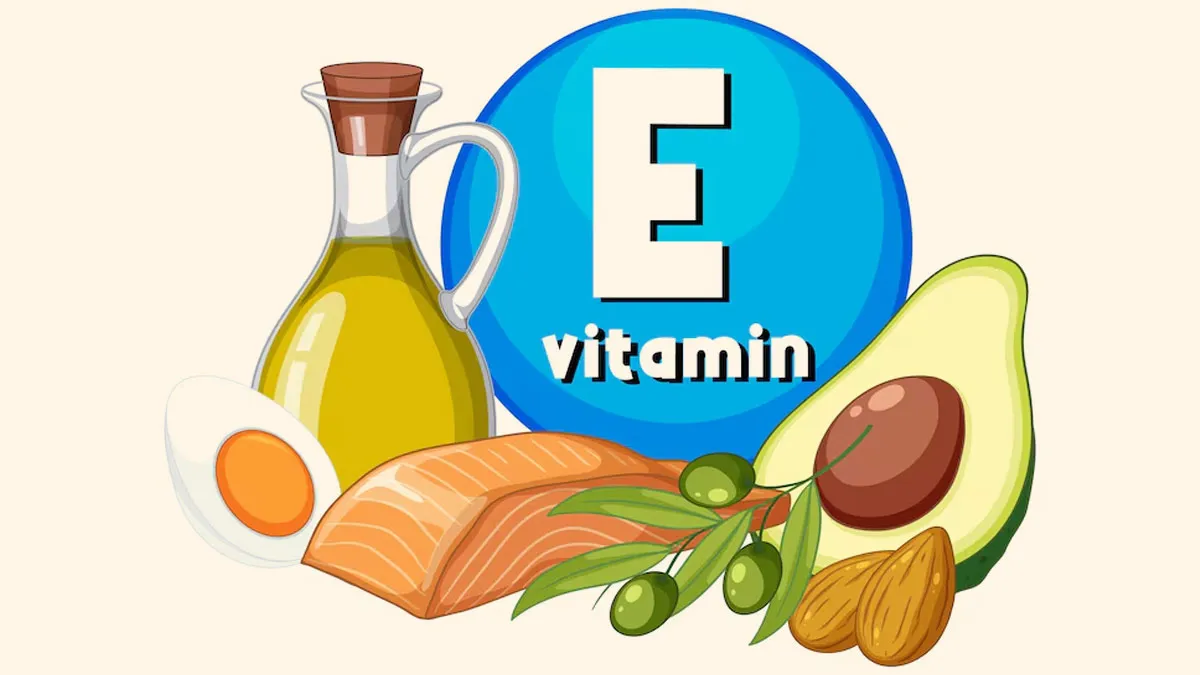
Vitamin E, a potent antioxidant, plays a crucial role in maintaining overall health by protecting cells from oxidative stress, supporting immune function, and improving skin health. While commonly found in nuts, seeds, and oils, several fruits and vegetables also provide an excellent source of this essential vitamin. Including vitamin E-rich produce in your diet can help meet daily requirements while boosting antioxidant intake naturally.
Table of Content:-
These foods will help you meet your vitamin E requirements:
1. Spinach
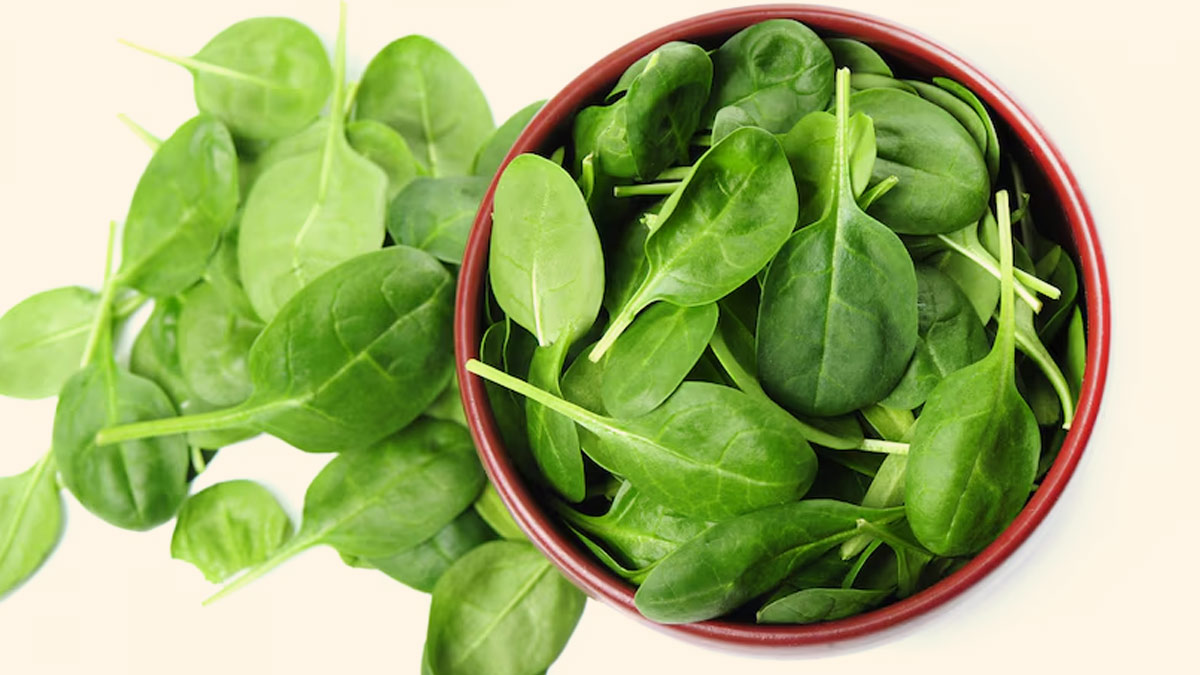
Leafy greens are nutritional powerhouses, and spinach is particularly notable for its vitamin E content. According to the US Department of Agriculture, a 100-gram serving of raw spinach provides approximately 2.03 mg of vitamin E, covering around 13% of the recommended daily intake (RDI). Spinach also contains a variety of other antioxidants, including beta-carotene and vitamin C, making it a well-rounded choice for combatting free radicals.
According to a 2018 study published in the Food Science And Biotechnology, cooking spinach can increase its bioavailability, meaning that steaming or lightly sautéing the leaves can enhance the body's ability to absorb vitamin E and other nutrients.
2. Avocado
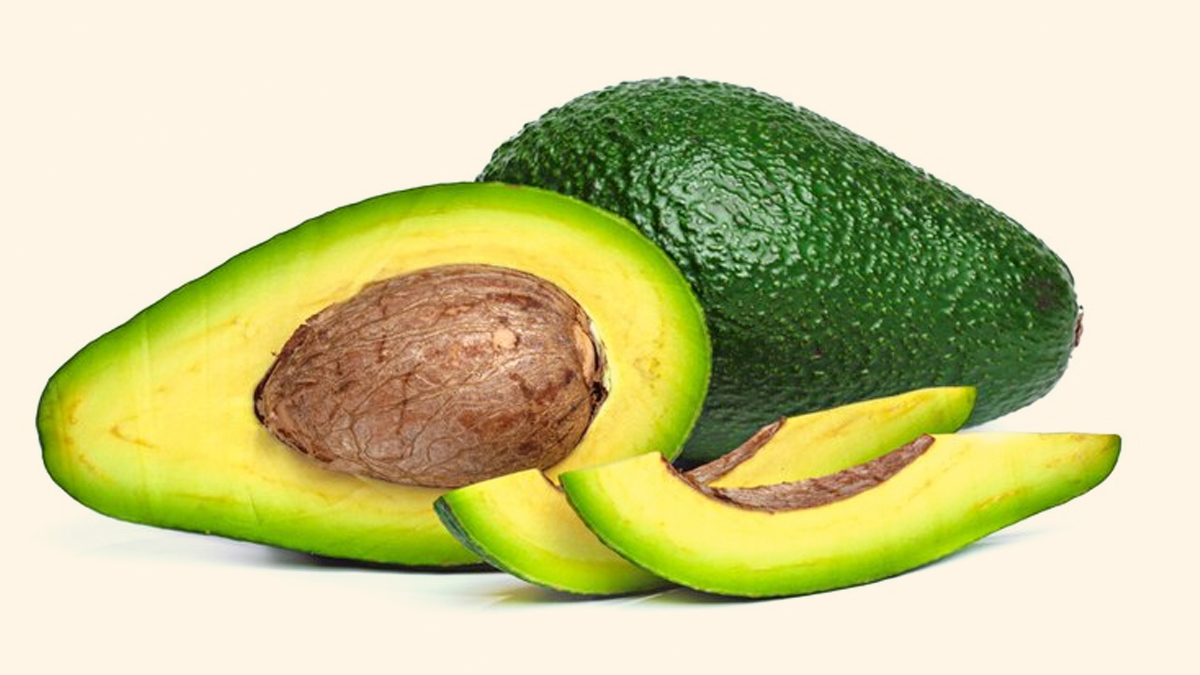
Avocado, often hailed as a superfood, is one of the richest fruit-based sources of vitamin E. A single medium avocado (about 150 grams) contains approximately 2 mg of vitamin E. The creamy texture and versatility of avocados make them easy to incorporate into meals, whether as a salad ingredient, toast topper, or smoothie enhancer.
According to a study the monounsaturated fats found in avocados improve the absorption of fat-soluble vitamins, such as vitamin E, thereby enhancing its bioavailability and benefits to the body.
3. Red Bell Peppers

Red bell peppers are not only vibrant and delicious but also packed with vitamin E. One cup of chopped red bell peppers (about 150 grams) provides roughly 1.45 mg of vitamin E, accounting for about 16% of the RDI. Additionally, they are rich in vitamin C, further enhancing their antioxidant profile. Cooking bell peppers minimally, such as roasting or steaming, helps retain their nutrient content.
4. Broccoli
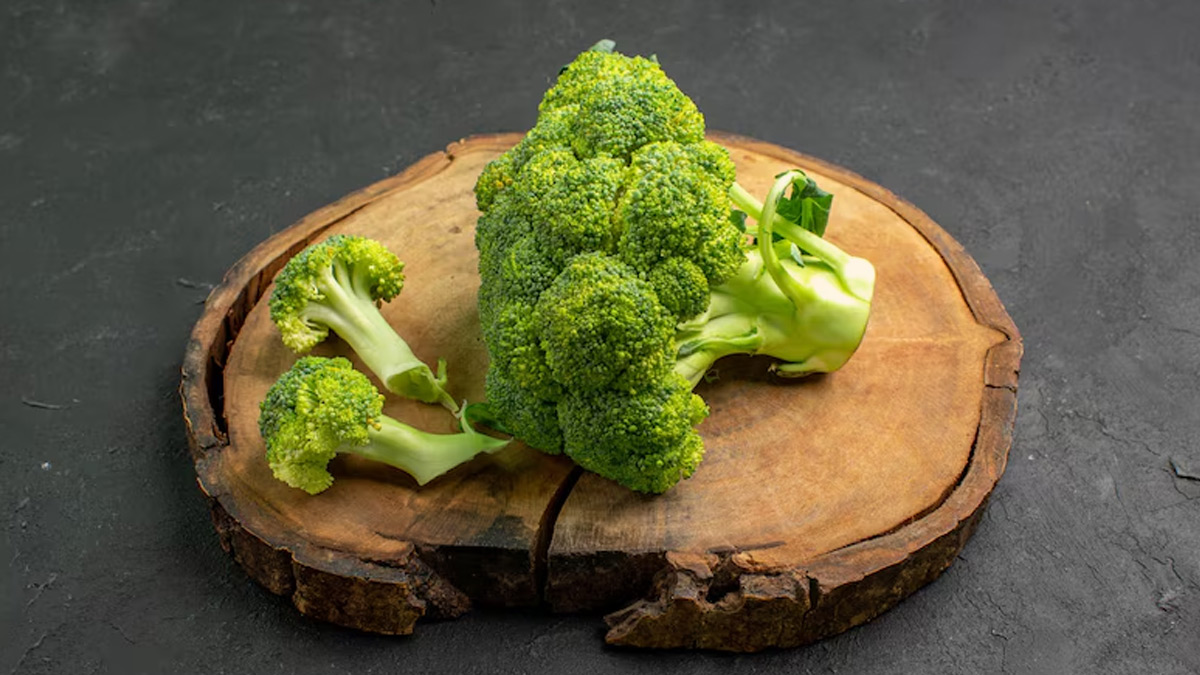
Broccoli, another cruciferous vegetable, is an excellent source of vitamin E. A 100-gram serving of raw broccoli contains about 1.5 mg of vitamin E, alongside a host of other essential nutrients, including vitamins K, C, and folate.
Research indicated that steaming broccoli enhances the availability of its antioxidants, including vitamin E. Regular consumption of broccoli has been associated with reduced inflammation and improved immune system function.
Also read: Broccoli Can Protect Your Eyes From Ultraviolet Rays Of The Sun: Here's How
5. Kiwi
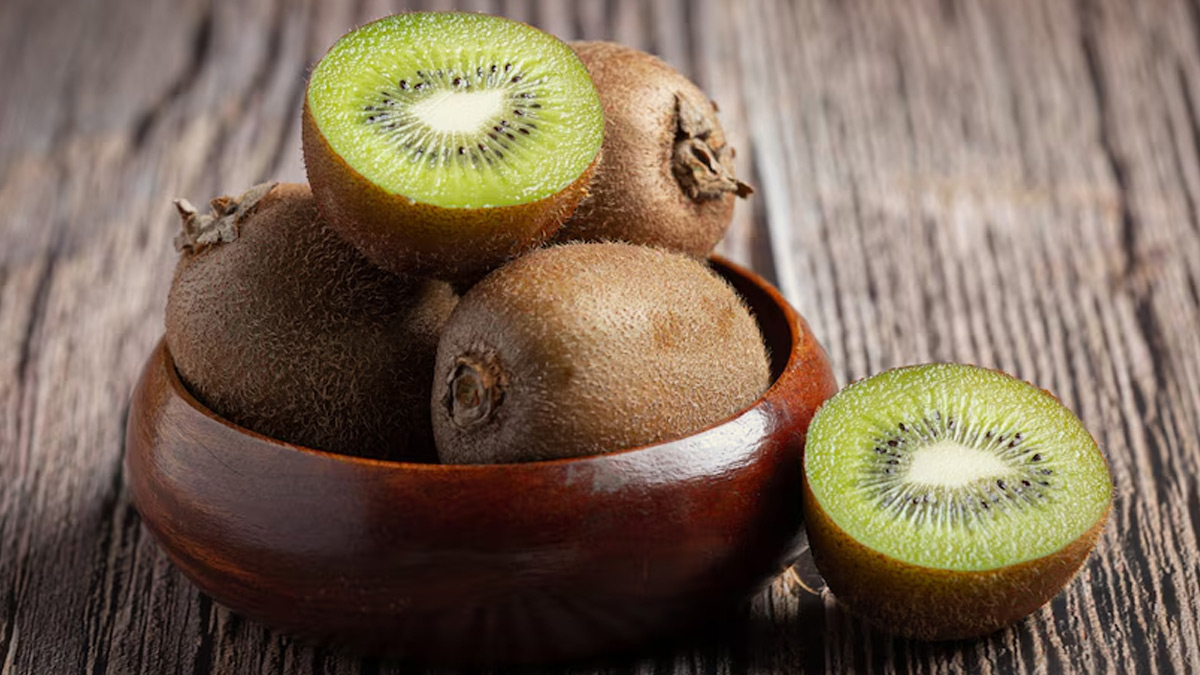
Kiwi is a small but mighty fruit, offering around 1.5 mg of vitamin E per 100 grams, as per the National Institute of Health. Known for its bright green flesh and tangy-sweet flavour, kiwi is also loaded with other antioxidants like vitamin C, which works synergistically with vitamin E to combat oxidative stress.
A study in Antioxidants found that the combination of vitamins C and E in kiwi enhances cellular protection against damage caused by free radicals.
6. Tomatoes
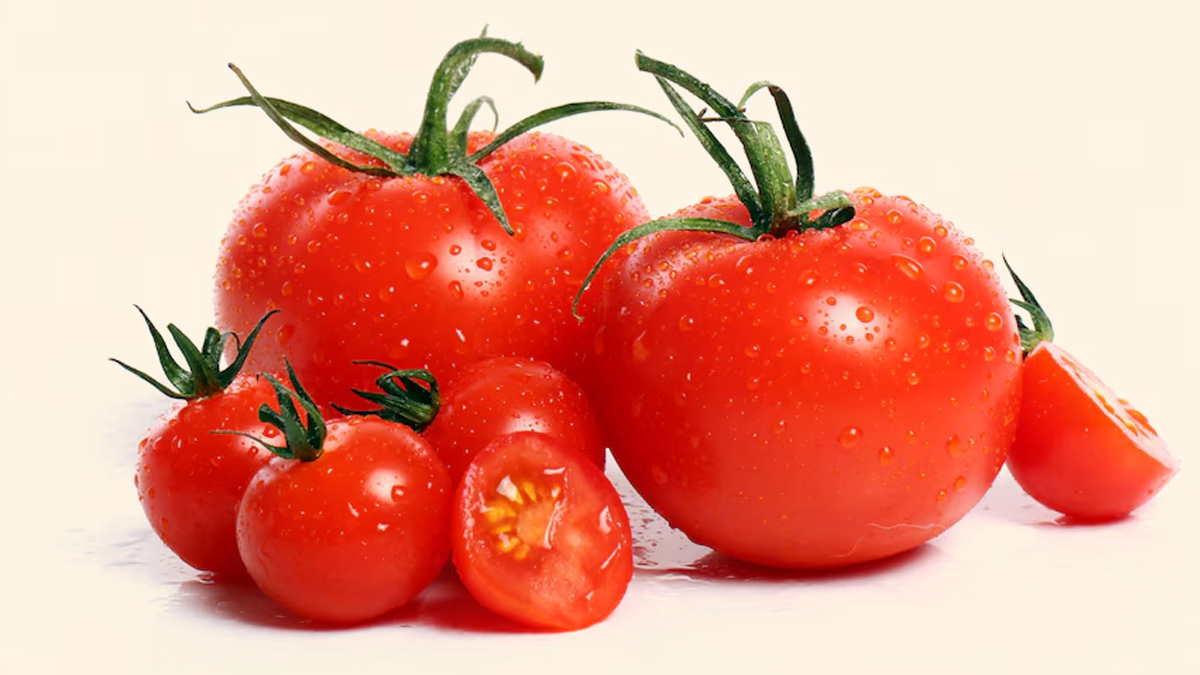
Tomatoes, particularly sun-dried varieties, are a surprising source of vitamin E. While raw tomatoes contain about 0.5 mg per 100 grams, sun-dried tomatoes can provide up to 7 mg of vitamin E per 100 grams due to their concentrated nature.
Tomatoes are also rich in lycopene, another antioxidant that has been shown to reduce the risk of chronic diseases. Combining tomatoes with healthy fats, such as olive oil, enhances the absorption of fat-soluble vitamins like vitamin E.
Importance of Vitamin E in Fruits and Vegetables
While nuts, seeds, and oils are traditionally associated with vitamin E, fruits and vegetables provide a unique combination of antioxidants, fibre, and essential vitamins. Regular consumption of these foods can help protect against oxidative stress, support heart health, and improve skin health. The studies referenced underscore the importance of incorporating a variety of vitamin E-rich produce into the daily diet to achieve optimal benefits.
Conclusion
Fruits and vegetables like spinach, avocado, red bell peppers, broccoli, kiwi, tomatoes, and mangoes are excellent sources of vitamin E. Incorporating these nutrient-dense options into meals can help meet daily vitamin E requirements naturally. Combining these foods with healthy fats, such as olive oil or avocados, enhances their bioavailability, ensuring that the body reaps maximum benefits. By choosing a colourful and diverse range of produce, individuals can support overall health while enjoying delicious and nutritious meals.
Also watch this video
How we keep this article up to date:
We work with experts and keep a close eye on the latest in health and wellness. Whenever there is a new research or helpful information, we update our articles with accurate and useful advice.
Current Version